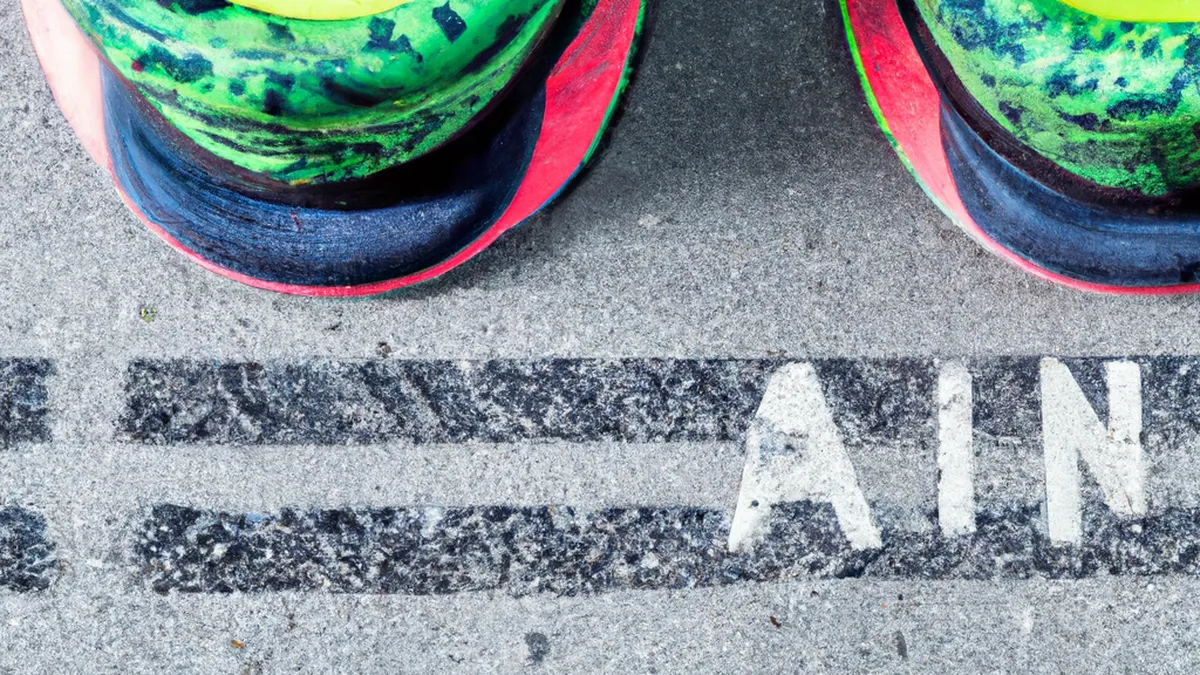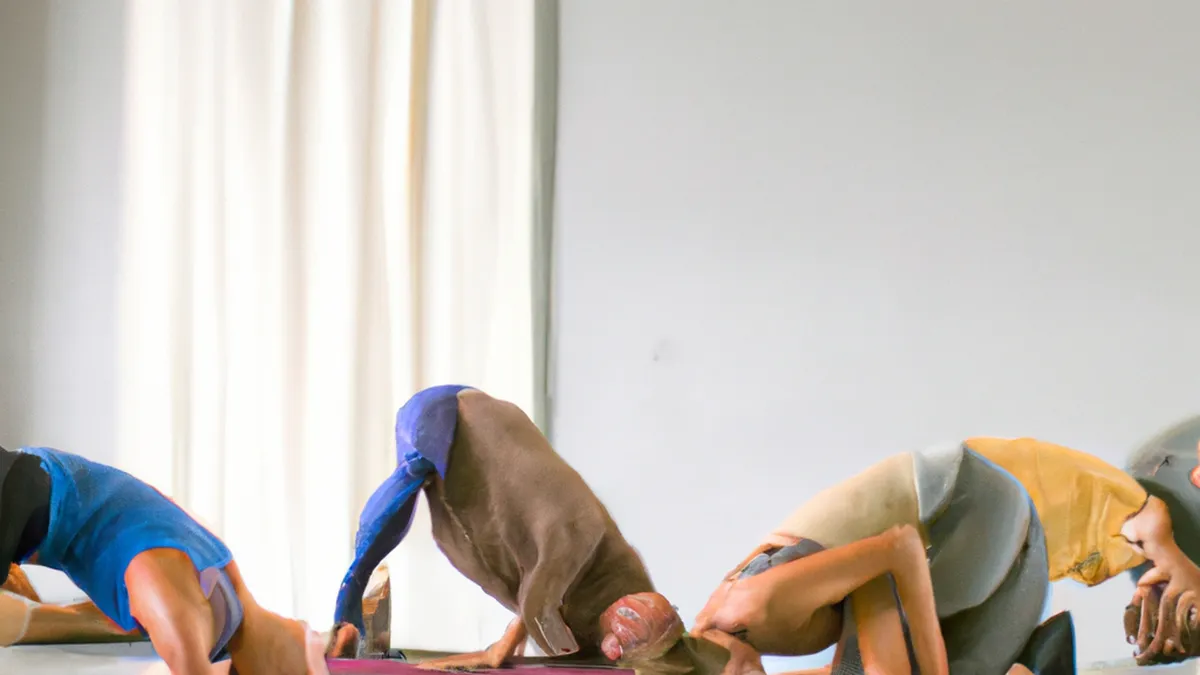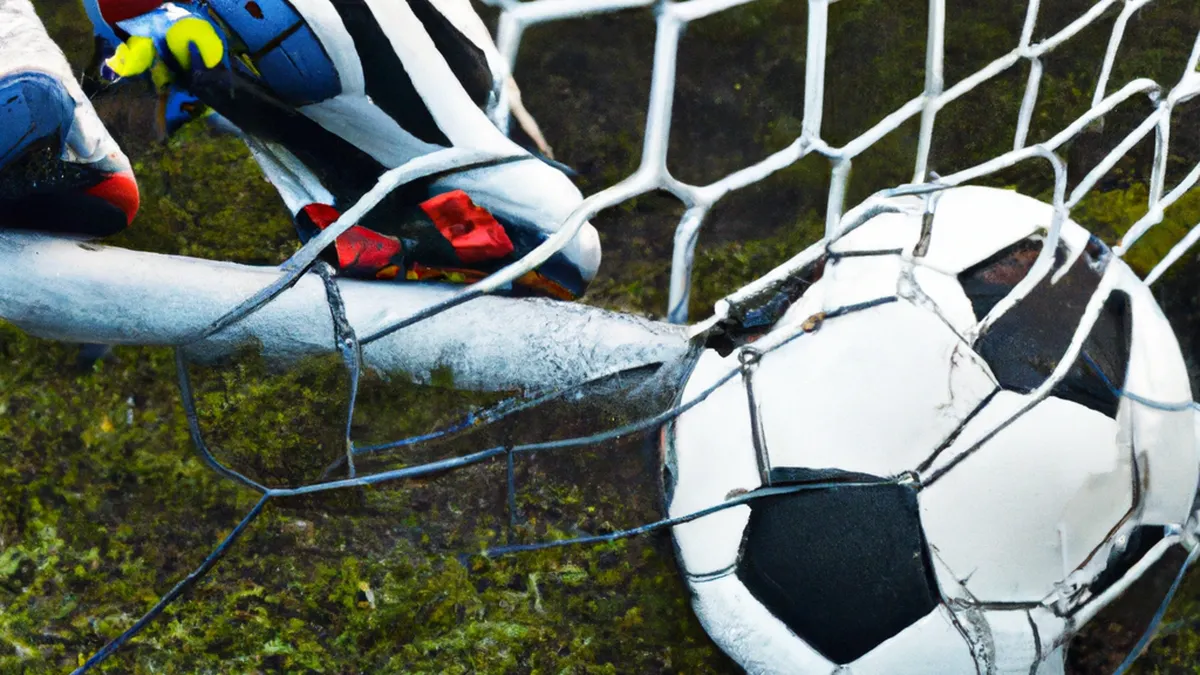Resilient Voices: Sports Against Stigma
Overcoming Societal Barriers in SportsSports unite, inspire, and empower individuals and communities. They foster connections across geographical, cultural, and social boundaries. However, societal barriers often hinder equal participation and access. Gender stereotypes, racial discrimination, socioeconomic status, and cultural norms create these obstacles. This blog post explores ways to overcome them and foster inclusivity in sports.
Understanding Societal Barriers
Recognizing societal barriers is crucial for inclusivity in sports. These barriers manifest in various forms, affecting individuals based on their backgrounds.
Gender Stereotypes
Gender stereotypes shape perceptions about participation in sports. Historically, society divides sports along gender lines. People often deem certain sports suitable for men and others for women. Women face criticism for participating in male-dominated sports like football or wrestling. Men feel pressure to avoid sports perceived as feminine, such as gymnastics. These stereotypes create environments that discourage individuals from pursuing their passions.These stereotypes profoundly impact participation rates. Young girls may abandon sports due to perceptions of being “unsuited” for them. This leads to fewer role models for future generations. Programs that challenge these stereotypes foster welcoming environments for all.
Racial Discrimination
Racial discrimination limits opportunities for athletes from marginalized communities. Many talented athletes struggle to find support and recognition due to their backgrounds. They often face bias from coaches, fans, and teammates, leading to feelings of isolation. The underrepresentation of minorities in sports like hockey illustrates these challenges.Sports organizations must adopt policies promoting diversity and inclusion. Hiring diverse coaching staff and creating mentorship opportunities can help. Ensuring equitable treatment for all athletes is essential.
Socioeconomic Barriers
Socioeconomic factors significantly affect sports participation. Families with limited financial resources struggle to afford equipment and coaching fees. As a result, talented athletes from low-income backgrounds miss opportunities to excel. Access to quality facilities also varies widely depending on economic status.Communities can address these barriers by providing scholarships for underprivileged athletes. They can offer free or low-cost training programs and partner with local businesses for support. These measures can help bridge the gap.
Conclusion
As an Amazon Associate I earn from qualifying purchases.
Gear tip: consider football, running shoes, and gps running watch to support this topic.
Addressing societal barriers in sports fosters inclusivity. Awareness and proactive measures create opportunities for everyone. Together, we can build a more inclusive sporting environment.
Conclusion
A brief summary concluding the insights shared.
Below are related products based on this post:
FAQ
What are some common societal barriers in sports?
Common societal barriers in sports include gender stereotypes, racial discrimination, and socioeconomic factors. These barriers can limit participation and access for individuals based on their backgrounds, affecting their opportunities to engage in sports.
How do gender stereotypes impact sports participation?
Gender stereotypes create perceptions that certain sports are more suitable for one gender over another. This can discourage women from participating in male-dominated sports and pressure men to avoid sports viewed as feminine, ultimately affecting overall participation rates.
What can communities do to overcome socioeconomic barriers in sports?
Communities can address socioeconomic barriers by providing scholarships for underprivileged athletes and offering free or low-cost training programs. Partnering with local businesses for support can also help ensure that talented athletes have access to the resources they need to succeed.















Post Comment